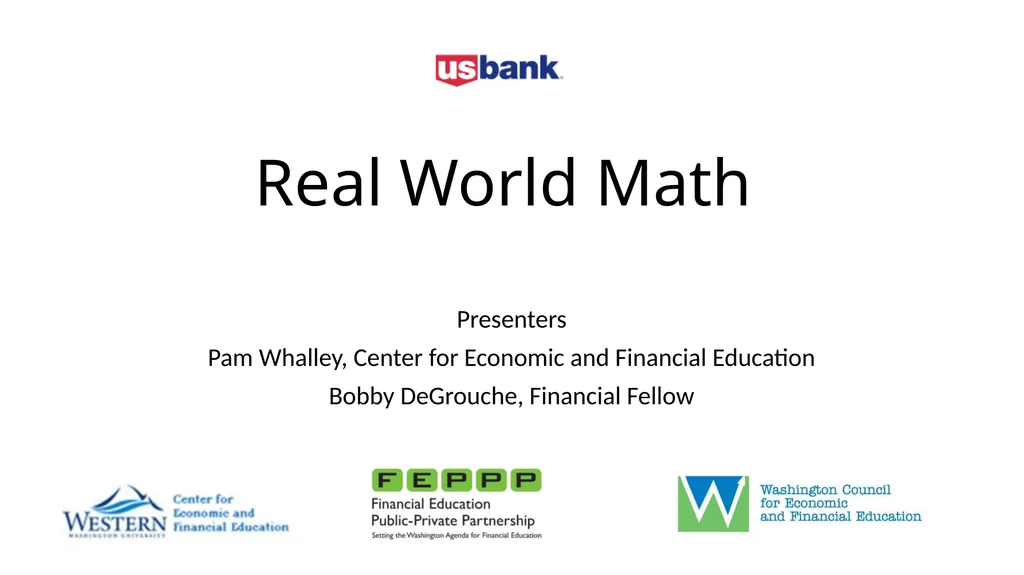
Real World Math Presenters Pam Whalley, Center for
Author: liane-varnes | Published: 2025-05-17
Description: Real World Math Presenters Pam Whalley, Center for Economic and Financial Education Bobby DeGrouche, Financial Fellow Why Teach MathPersonal Finance in Your Classes? Only one in six U.S. students receives financial education 90 of parents
Download Presentation
Download the PPT/PDF: Download
Transcript:
Loading transcript…